Automobiles have many types of sensors, and when any one of these sensors fails, various issues can arise in the vehicle. What are automotive sensors? Automotive sensors are input devices for the vehicle’s computer system, converting various operational condition information, such as vehicle speed, temperature of various media, and engine operating conditions, into electrical signals sent to the computer to ensure the engine operates at its optimal state. Once a sensor fails, the corresponding device may not function properly or may stop working altogether, making the role of sensors in vehicles extremely important. So, what are the commonly used sensors? What symptoms will the vehicle exhibit when a sensor fails?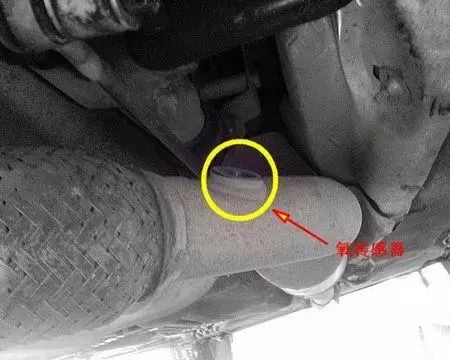
1. Oxygen Sensor
Located on the exhaust pipe, a failure of the oxygen sensor prevents the ECU from knowing whether the amount of gasoline injected is correct, resulting in a mixture that is either too rich or too lean, leading to incomplete combustion, reduced engine power, and increased emissions.
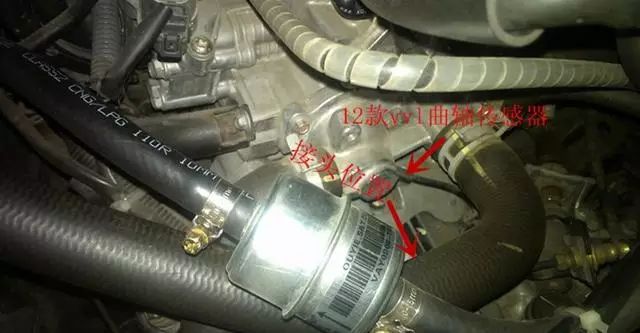
2. Wheel Speed Sensor
Typically installed on each wheel hub. If it fails, the ABS will become inoperative.
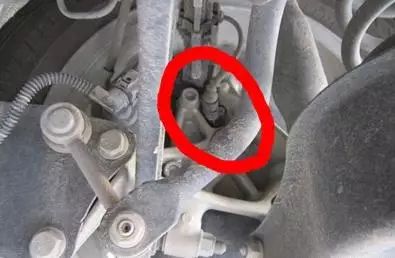
3. Airflow Meter
Usually installed between the air filter and the throttle body. If it fails, the engine speed will not increase.
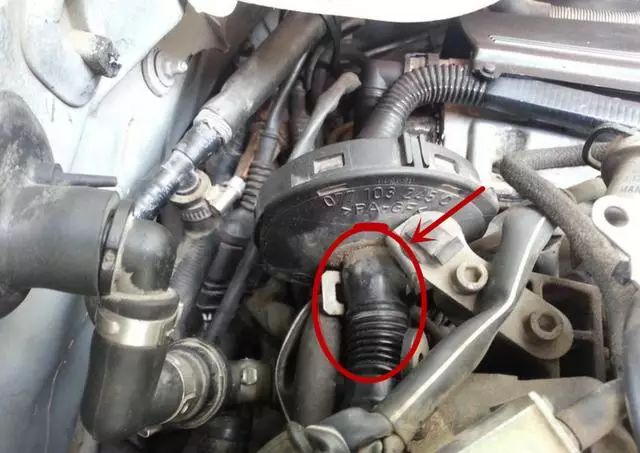
4. Coolant Temperature Sensor
Generally located next to the thermostat. If it fails, the engine may have difficulty starting when cold, idle unevenly, and lack power during acceleration.
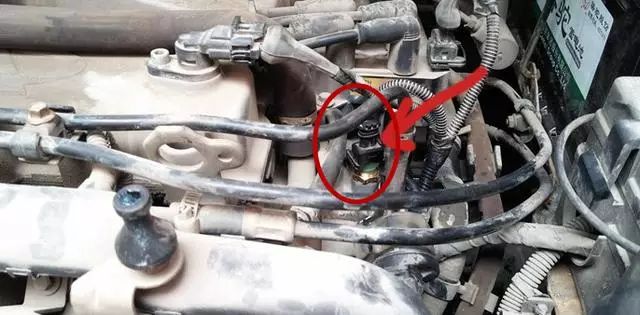
5. Crankshaft Position Sensor and Camshaft Position Sensor
Typically installed behind the crankshaft pulley or near the flywheel and in front of or behind the camshaft. Both work together to ensure the engine operates normally. If one fails, the engine will not start.
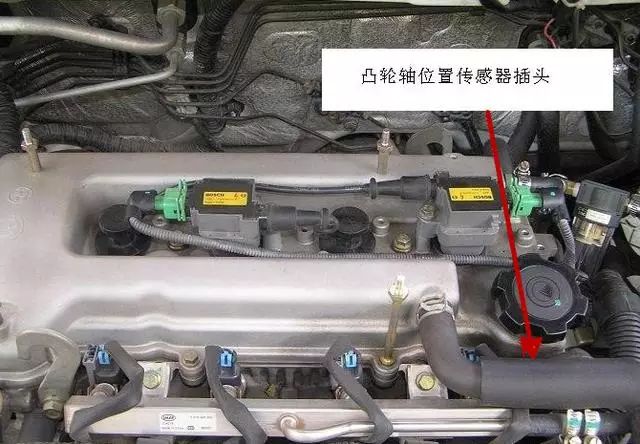
 6. Throttle Position SensorUsually integrated with the throttle pedal. If it fails, the engine will only operate at idle.
6. Throttle Position SensorUsually integrated with the throttle pedal. If it fails, the engine will only operate at idle.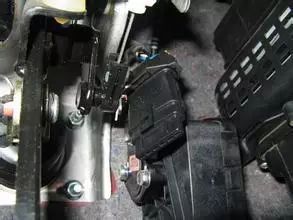 7. Odometer SensorTypically mounted on the transmission. If it fails, the odometer will stop working.
7. Odometer SensorTypically mounted on the transmission. If it fails, the odometer will stop working.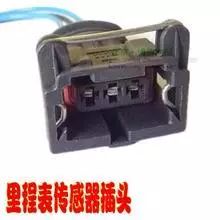 8. Oil Pressure SensorUsually installed on the side of the engine block. If it fails, the oil pressure warning light on the dashboard will not illuminate when oil pressure is low. Without an oil warning, if the vehicle runs low on oil, it may lead to engine damage.
8. Oil Pressure SensorUsually installed on the side of the engine block. If it fails, the oil pressure warning light on the dashboard will not illuminate when oil pressure is low. Without an oil warning, if the vehicle runs low on oil, it may lead to engine damage.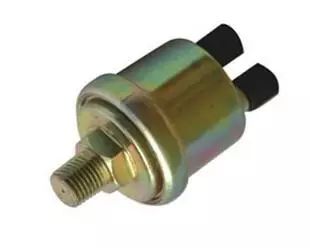 9. ABS SensorTypically installed next to the bearings on each wheel. If it fails, the ABS will not function in emergencies, leading to wheel lock-up during hard braking, which can cause skidding on slippery surfaces and affect driving safety.
9. ABS SensorTypically installed next to the bearings on each wheel. If it fails, the ABS will not function in emergencies, leading to wheel lock-up during hard braking, which can cause skidding on slippery surfaces and affect driving safety.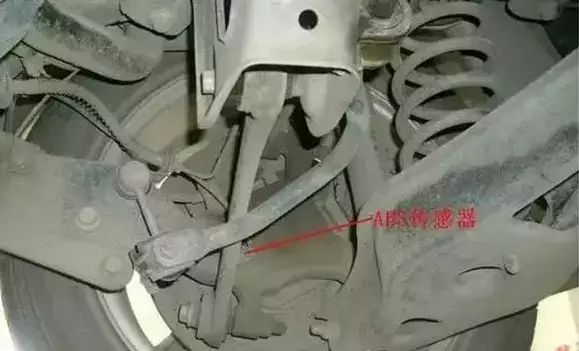 10. Airbag SensorTypically installed in the front (driver and passenger seats), side (front and rear seats), and roof areas. If damaged, the airbags will not deploy in emergencies. Generally, when a sensor fails, related warning lights will illuminate, and it is crucial to investigate the cause, as sensor failures are closely related to driving safety—after all, safety comes first.11. Intake Pressure SensorUsually installed next to the throttle body. If it fails, it can cause ignition difficulties, unstable idle, and lack of acceleration.
10. Airbag SensorTypically installed in the front (driver and passenger seats), side (front and rear seats), and roof areas. If damaged, the airbags will not deploy in emergencies. Generally, when a sensor fails, related warning lights will illuminate, and it is crucial to investigate the cause, as sensor failures are closely related to driving safety—after all, safety comes first.11. Intake Pressure SensorUsually installed next to the throttle body. If it fails, it can cause ignition difficulties, unstable idle, and lack of acceleration.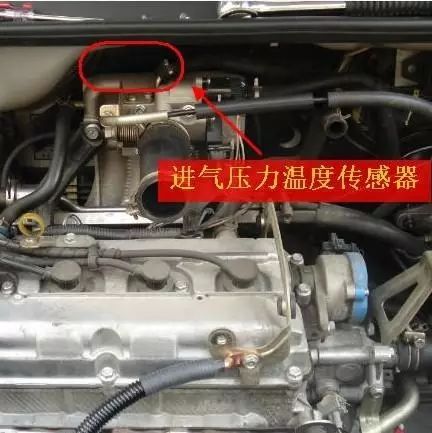 12. Throttle Position SensorInstalled on the throttle body. If it fails, it can lead to abnormal engine idle, engine shaking, and delayed acceleration response.
12. Throttle Position SensorInstalled on the throttle body. If it fails, it can lead to abnormal engine idle, engine shaking, and delayed acceleration response.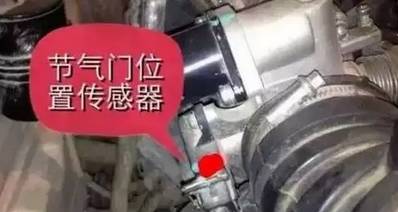 13. Intake Temperature SensorUsually installed behind the throttle body. If it fails, it can cause the air-fuel mixture to be too rich or too lean, directly leading to cold start difficulties and unstable idle after starting.
13. Intake Temperature SensorUsually installed behind the throttle body. If it fails, it can cause the air-fuel mixture to be too rich or too lean, directly leading to cold start difficulties and unstable idle after starting.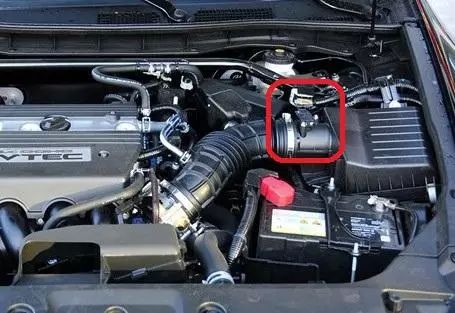 14. Knock SensorTypically installed on the engine cylinder wall. If it fails, the engine fault light will illuminate, and the engine may exhibit a “self-protection phenomenon,” affecting normal driving.
14. Knock SensorTypically installed on the engine cylinder wall. If it fails, the engine fault light will illuminate, and the engine may exhibit a “self-protection phenomenon,” affecting normal driving.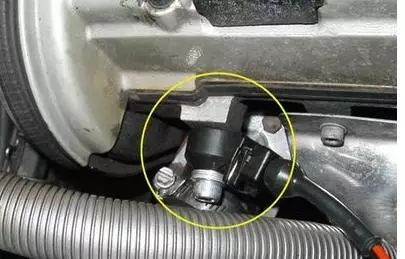 Automobiles are complex systems composed of thousands of components, and the various sensors can be overwhelming. When any one of these sensors fails, the normal operation of the vehicle can be significantly compromised!
Automobiles are complex systems composed of thousands of components, and the various sensors can be overwhelming. When any one of these sensors fails, the normal operation of the vehicle can be significantly compromised!
